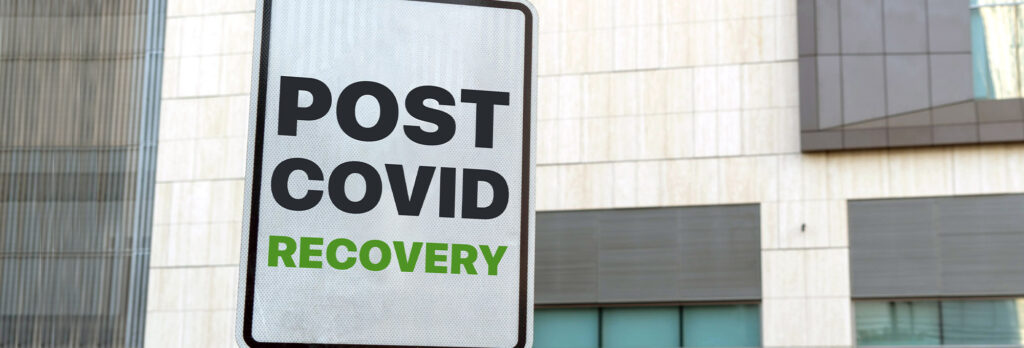Despite experiencing upward momentum last week, the markets in 2024 have been characterised as restrained and somewhat uneven.
Continue readingWeek in Review: China’s Post-Covid Recovery Shows Strong Progress
China’s National Bureau of Statistics (NBS) reported that the manufacturing purchasing managers’ index (PMI) rose to 52.6 in February from 50.1 in January, above the 50-point mark that separates expansion and contraction in domestic activity. Furthermore, the NBS emphasized that the non-manufacturing sector’s purchasing managers’ index (PMI) reached 56.3 in February, up from 54.4 in January. After lifting Covid restrictions, China’s economy is showing signs of a more robust recovery, with manufacturing seeing its most substantial progress in over ten years, services activity rising and the housing market stabilizing.
In the U.S. market sentiment received a boost this week after Atlanta Fed President Raphael Bostic published his written essay on Wednesday, commenting that he believes the Federal Reserve (Fed)should increase its policy rate by 50 basis points, to a range of 5%-5.25%, and maintain it at that level until well into 2024. As of now, rates are within a range of 4.5%-4.75%. Elsewhere, Fed Governor Chris Waller expressed doubt about whether the Fed is making the necessary headway to curb economic growth and decrease inflation. Citing robust inflation rates, as well as strong retail sales and the January jobs report, Waller indicated that if this trend persists, the Federal Reserve may have to increase rates beyond initial expectations. Officials next meet March 21-22, and by then they will have seen fresh reports on employment and inflation.
In Europe, official data indicated that the annual rate of inflation decreased slightly from 8.6% in January to 8.5% in February, and this was primarily driven by declining energy costs. On the other hand, core inflation, which provides a more accurate representation of underlying pricing pressures by excluding volatile food and energy expenses, increased from 5.3% to 5.6%. All combined, these factors contribute to the view that the European Central Bank (ECB) may maintain its hawkish stance for an extended period. It was suggested by the ECB President Christine Lagarde that a probable half-point increase in interest rates would occur during the March 16 meeting. European government bond yields increased over the week due to concerns about the aggressive tightening of monetary policy by the ECB as a result of persistent inflation data.
Following their sharpest weekly decline in two months, U.S. stocks rose Friday ending the week strongly, regaining some of their recent losses. The tech-heavy Nasdaq gained +2.58% for the week, while the S&P 500 and the Dow Jones were also both strongly up on the week, with gains of 1.90% and 1.75%, respectively. PMI’s in both Europe and the UK picked up in February with the Eurozone PMI rising to 52 from 50.2 in January and the UK composite rising to 53.1 versus 48.5 in January. Both the Euro Stoxx 50 and FTSE 100 ended the week positively, gaining 2.78% and 0.87% respectively.
For the second consecutive week, Chinese equities rose in anticipation of the National People’s Congress (NPC) meeting, as promising economic data raised expectations for a recovery that could surpass previous projections. The Shanghai Composite climbed by 1.87%. After four consecutive weeks of losses, the benchmark Hang Seng Index rebounded, increasing by 2.79%. The Nikkei 225 also secured positive gains of 1.73% this week.
Market Moves of the Week:
In local news, the Absa Purchasing Manager Index (PMI) indicated that factory activity in South Africa (SA) experienced a significant contraction in February. The seasonally-adjusted PMI dropped to 48.8 in February, down from 53 points in January, falling below the threshold of 50 points that distinguish between expansion and contraction. This is the first time it has fallen below this level since September 2022. This decline was likely due to the unprecedented seven days of Stage 6 loadshedding that occurred during the survey period. According to Absa, the business activity, new sales orders, employment, and inventories, sub-indices were all in contractionary terrain. Export sales, however, rose to the best level in a year, suggesting that manufacturers who solely supply the domestic market may have faced a challenging month.
Statistics South Africa (Stats SA) released their quarterly labour force survey during the week, and it highlighted that the official unemployment rate recorded a slight decline of 0.2 percentage points, reaching 32.7% in the final quarter of 2022 — marking its fourth consecutive decrease. During the quarter, the financial services sector was responsible for the largest share of job creation, hiring an additional 103,000 workers. The other sectors that contributed to the quarter’s job gains were private households, trade, and transport. The community and social services industry, however, saw a significant reduction in employment, shedding 122,000 jobs. Agriculture and construction were also among the sectors that made a negative contribution to the employment figures for the quarter. Although the unemployment rate has decreased in recent times, it remains higher than its pre-pandemic level of 30.1%.
This week, the JSE all-share index recorded a gain of +1.76%, fueled by gains in the resource sector (+3.73%), followed by industrials (+1.36%), and the financial sector (+1.18%). However, the gains were offset by a slight decrease in the property sector (-0.04%). The rand appreciated marginally to end the week at R18.15 to the dollar.


Chart of the Week:
The manufacturing sector in China saw significant growth in February 2023, expanding at its fastest pace in over a decade. This unexpected surge in production was attributed to the lifting of COVID-19 restrictions towards the end of last year.






